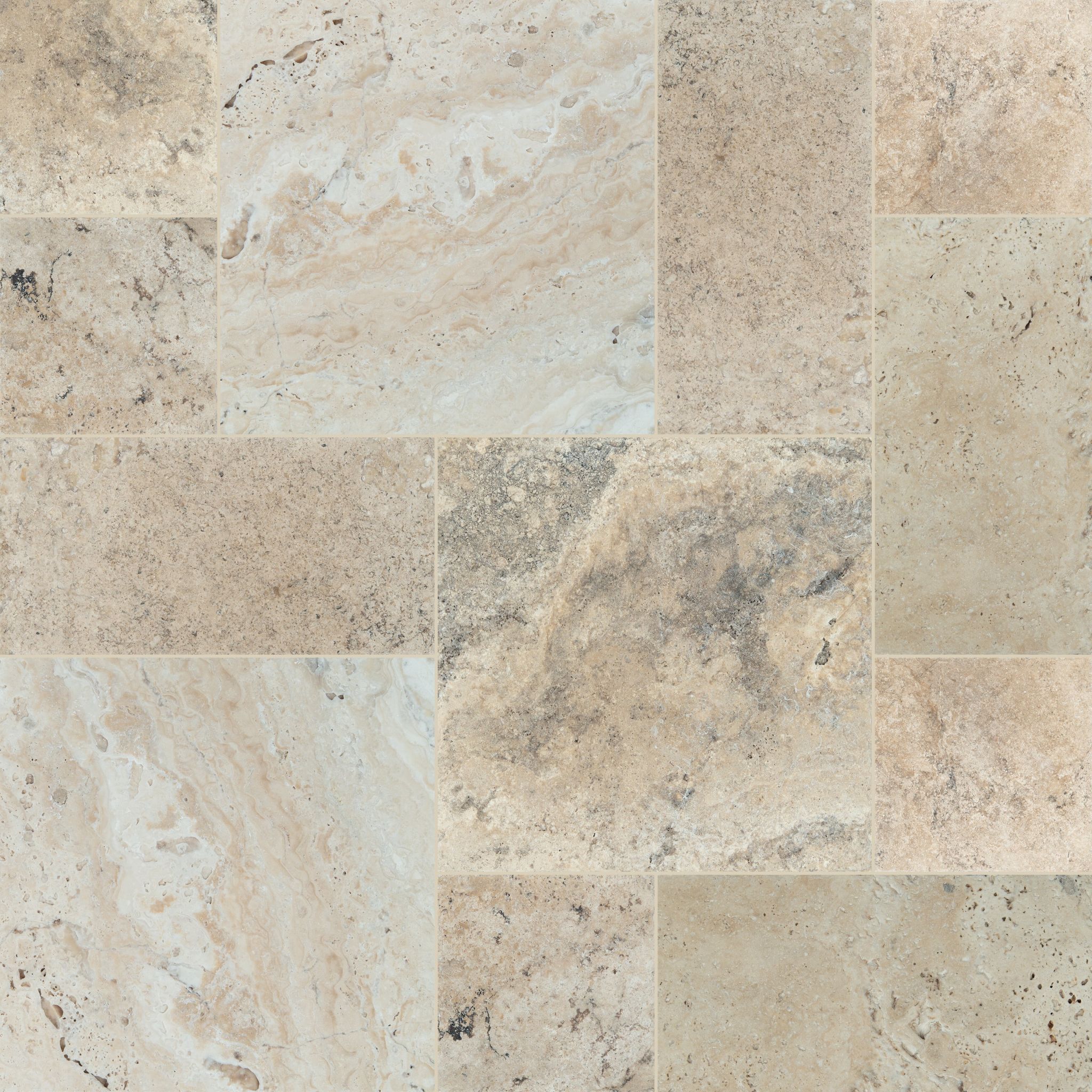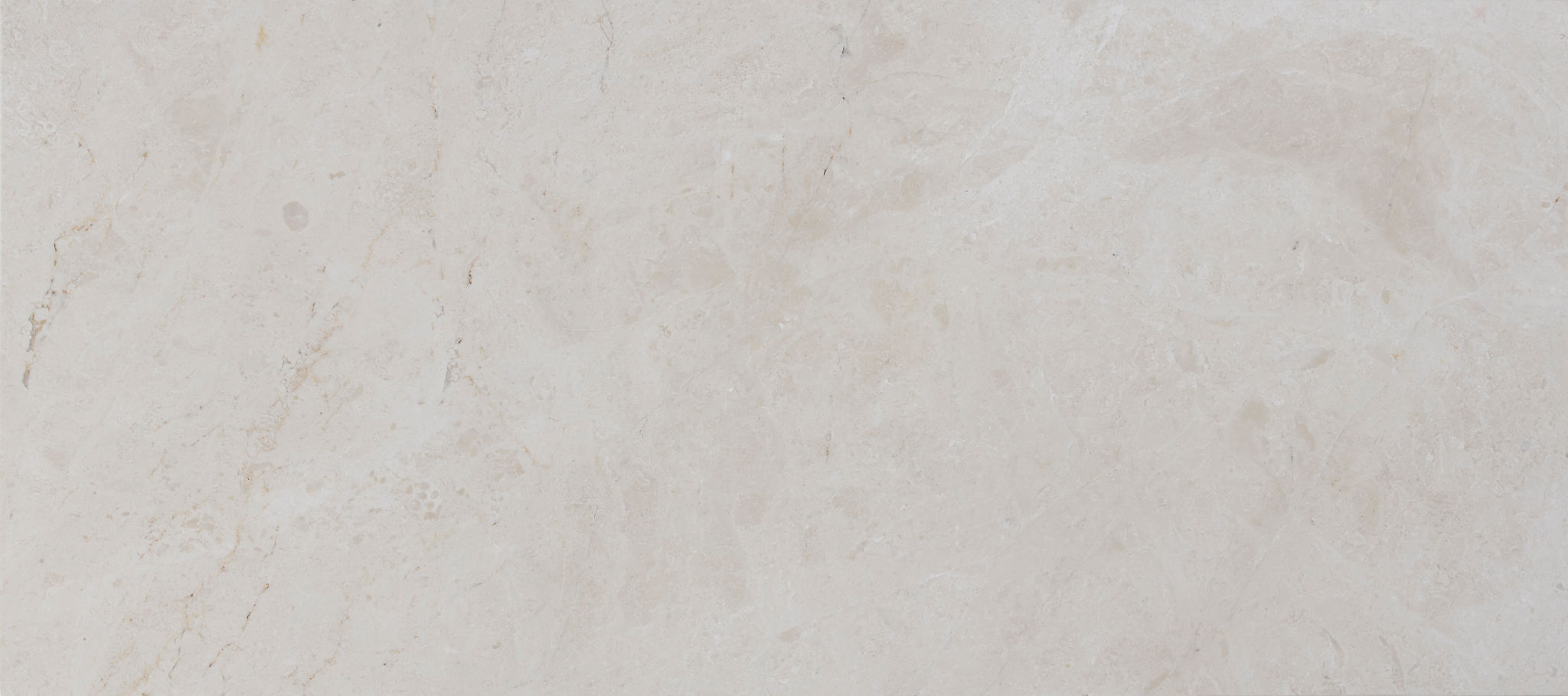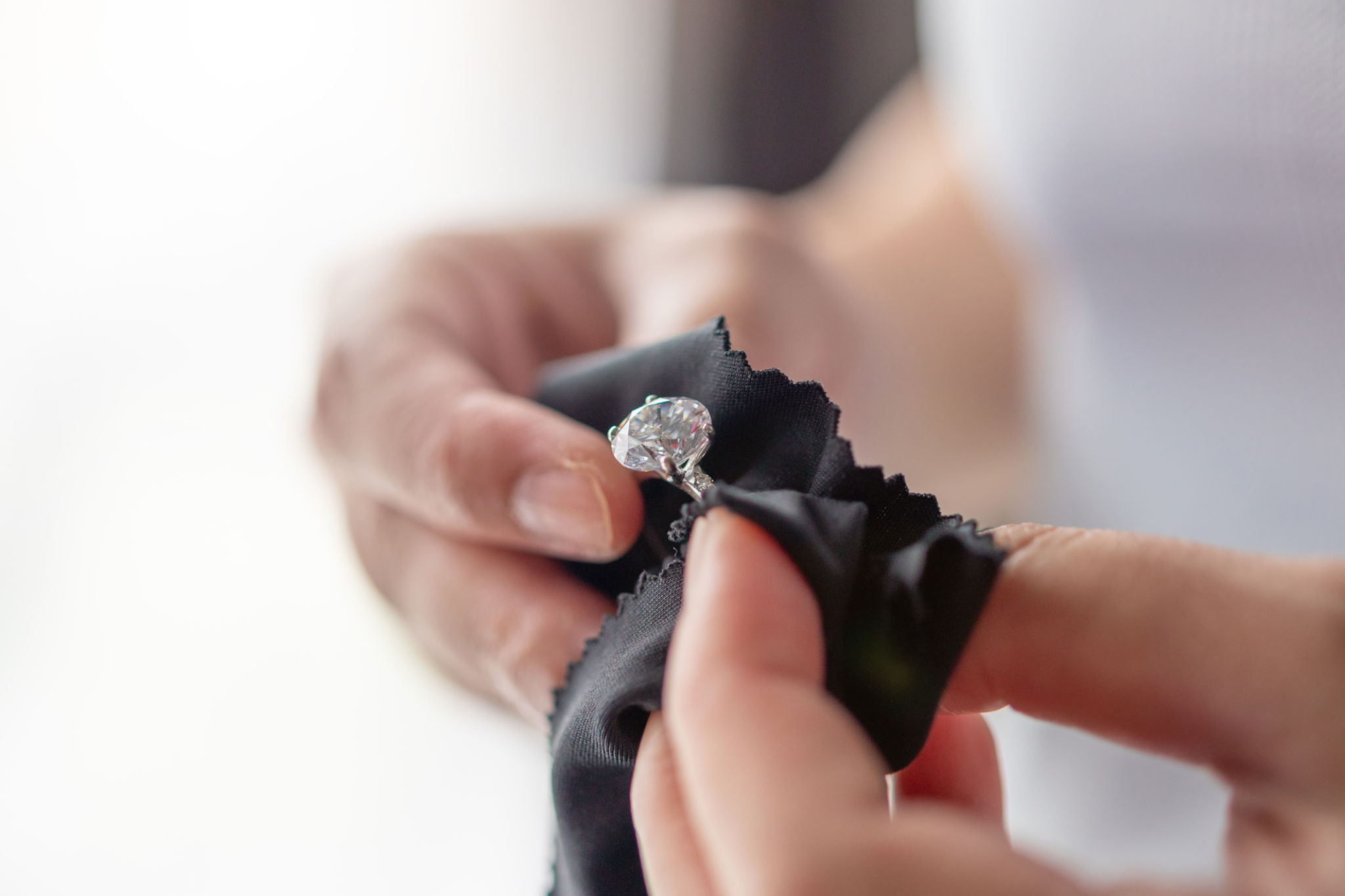The Ultimate Guide to Limestone Polishing for a Lasting Shine
AF
Understanding Limestone and Its Characteristics
Limestone is a popular natural stone known for its elegance and versatility in both residential and commercial spaces. Its soft, muted tones and unique patterns make it a favored choice for flooring, countertops, and other surfaces. However, due to its porous nature, limestone requires proper care to maintain its beauty and prevent damage over time.
One of the most effective ways to keep limestone surfaces looking new is through regular polishing. Polishing not only enhances the stone's natural shine but also creates a protective layer that helps resist stains and scratches. Whether you're a homeowner or a professional cleaner, understanding the polishing process is essential for maintaining limestone's longevity.

Preparation: Cleaning and Inspecting Limestone
Cleaning the Surface
Before polishing, it's crucial to start with a clean surface. Use a pH-neutral cleaner specifically designed for natural stone to remove dirt and debris without causing damage. Avoid acidic or abrasive cleaners, which can etch the stone. Rinse thoroughly with clean water and dry the surface with a soft cloth.
Inspecting for Damage
After cleaning, inspect the limestone for any signs of damage, such as chips, cracks, or deep scratches. Address these issues before polishing to ensure a smooth finish. Small chips or cracks can often be repaired with a limestone filler or sealant.

Polishing Techniques for Limestone
Choosing the Right Polish
Select a high-quality limestone polish that suits your specific type of stone. There are various polishes available, including those that offer a matte finish or a high gloss. Read the manufacturer's instructions carefully to ensure optimal results.
Polishing Process
Begin by applying the polish to a small section of the limestone surface using a soft cloth or pad. Work in circular motions to evenly distribute the product and bring out the stone's natural luster. For larger areas, consider using a floor polisher with a felt or microfiber pad for more efficient coverage.
- Apply the polish evenly across the surface.
- Buff the area with gentle, circular motions.
- Wipe away any excess polish with a clean cloth.

Maintaining Limestone's Shine
After polishing, it's important to implement a regular maintenance routine to preserve the shine of your limestone surfaces. This includes routine cleaning with a pH-neutral cleaner and periodic re-polishing depending on foot traffic and usage.
- Avoid placing heavy objects directly on limestone surfaces to prevent scratches.
- Use coasters and mats under glasses and hot items to prevent stains and heat damage.
- Seal limestone surfaces annually to enhance their resistance to stains and moisture.
Conclusion
With the right techniques and products, polishing limestone can be a straightforward process that significantly enhances its appearance and durability. By following this ultimate guide, you can ensure that your limestone surfaces maintain their stunning shine for years to come.
